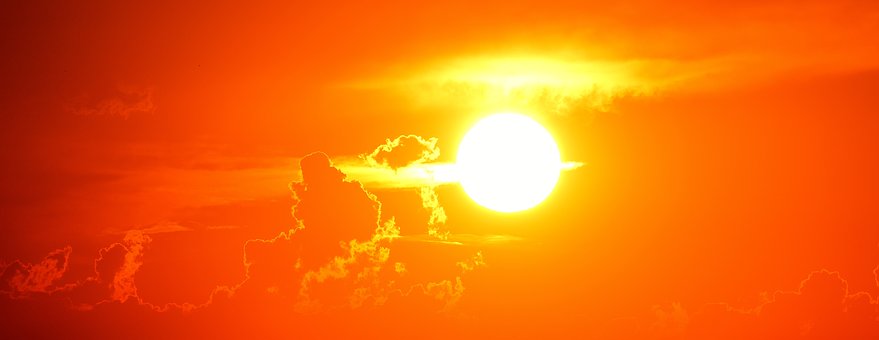
It’s summer and the temperatures are rising – inside and out – of laundry facilities.
Today in this two part OSHA series we’ll take a look at the different types of heat illnesses, review their specific symptoms and learn what to do if you or a team member experiences those symptoms.
In Part II we’ll explore how employers can protect their team members during the long, hot summer months.
————————————
At times, workers may be required to work in hot environments for long periods. When the human body is unable to maintain a normal temperature, heat illnesses can occur and may result in death. It is also important to consider that hot work environments may exist indoors. This fact sheet provides information to employers on measures they should take to prevent worker illnesses and death caused by heat stress.
First lets look at some of the occupational factors that may contribute to heat illness:
* High temperature and humidity
* Low fluid consumption
* Direct sun exposure (with no shade) or extreme heat
* Limited air movement (no breeze or wind)
* Physical exertion
* Use of bulky protective clothing and equipment
So Exactly What is Heat Illness?

The following are illnesses that may result from exposure to heat in the workplace.
Heat Stroke is the most serious heat-related health problem. Heat stroke occurs when the body’s temperature regulating system fails and body temperature rises to critical levels (greater than 104°F). This is a medical emergency that may result in death!
The signs of heat stroke are confusion, loss of consciousness, and seizures. Workers experiencing heat stroke have a very high body temperature and may stop sweating.
If a worker shows signs of possible heat stroke, get medical help immediately, and call 911. Until medical help arrives, move the worker to a shady, cool area and remove as much clothing as possible. Wet the worker with cool water and circulate the air to speed cooling. Place cold wet cloths, wet towels or ice all over the body or soak the worker’s clothing with cold water.
Heat Exhaustion is the next most serious heat-related health problem.
The signs and symptoms of heat exhaustion are headache, nausea, dizziness, weakness, irritability, confusion, thirst, heavy sweating and a body temperature greater than 100.4°F.
Workers with heat exhaustion should be removed from the hot area and given liquids to drink. Cool the worker with cold compresses to the head, neck, and face or have the worker wash his or her head, face and neck with cold water. Encourage frequent sips of cool water. Workers with signs or symptoms of heat exhaustion should be taken to a clinic or emergency room for medical evaluation and treatment. Make sure that someone stays with the worker until help arrives. If symptoms worsen, call 911 and get help immediately.
Heat Cramps are muscle pains usually caused by the loss of body salts and fluid during sweating.
Workers with heat cramps should replace fluid loss by drinking water and/or carbohydrate-electrolyte replacement liquids (e.g., sports drinks) every 15 to 20 minutes.
Heat Rash is the most common problem in hot work environments. Heat rash is caused by sweating and looks like a red cluster of pimples or small blisters.
Heat rash may appear on the neck, upper chest, groin, under the breasts and elbow creases.
The best treatment for heat rash is to provide a cooler, less humid work environment. The rash area should be kept dry. Powder may be applied to increase comfort. Ointments and creams should not be used on a heat rash. Anything that makes the skin warm or moist may make the rash worse.
***************************
Heat related illness resources are available on OSHA’s website in English and Spanish. Check out www.osha.gov/heat.













